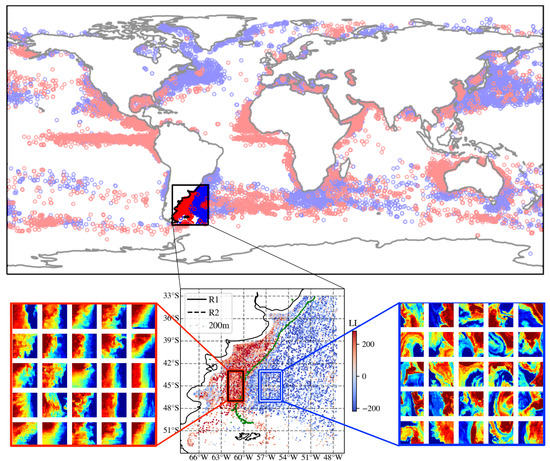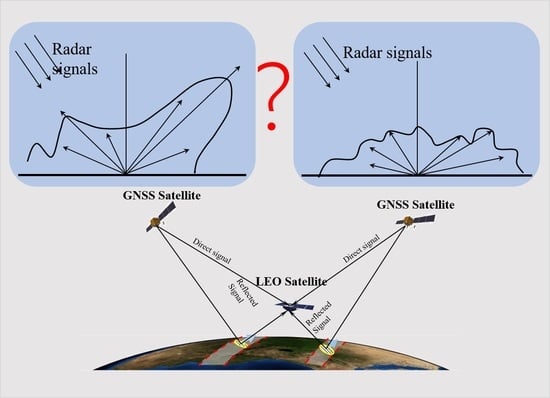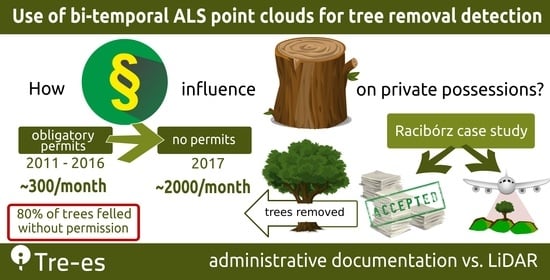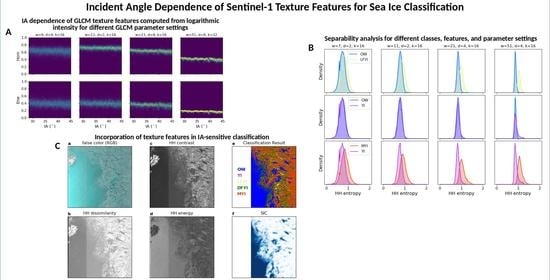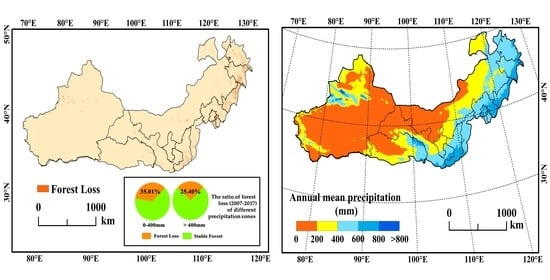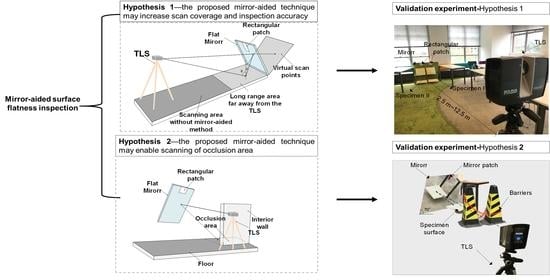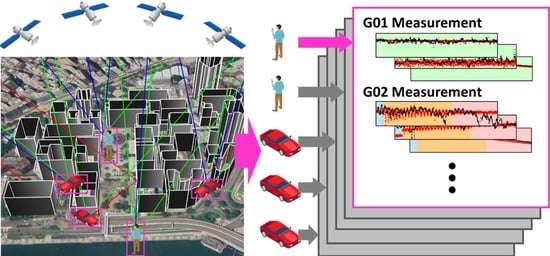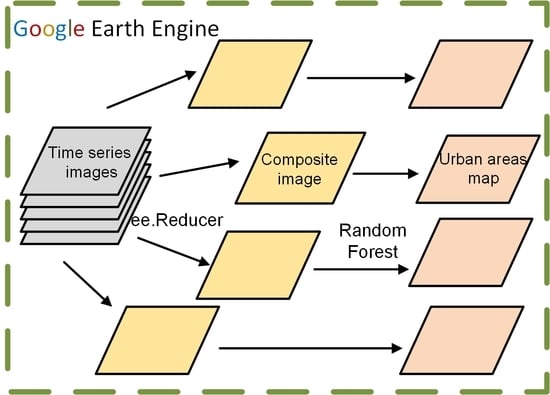Remote Sens. 2021, 13(4), 744; https://doi.org/10.3390/rs13040744 - 17 Feb 2021
Cited by 20 | Viewed by 5055
Abstract
►
Show Figures
We performed an out-of-distribution (OOD) analysis of ∼12,000,000 semi-independent 128 × 128 pixel
We performed an out-of-distribution (OOD) analysis of ∼12,000,000 semi-independent 128 × 128 pixel
